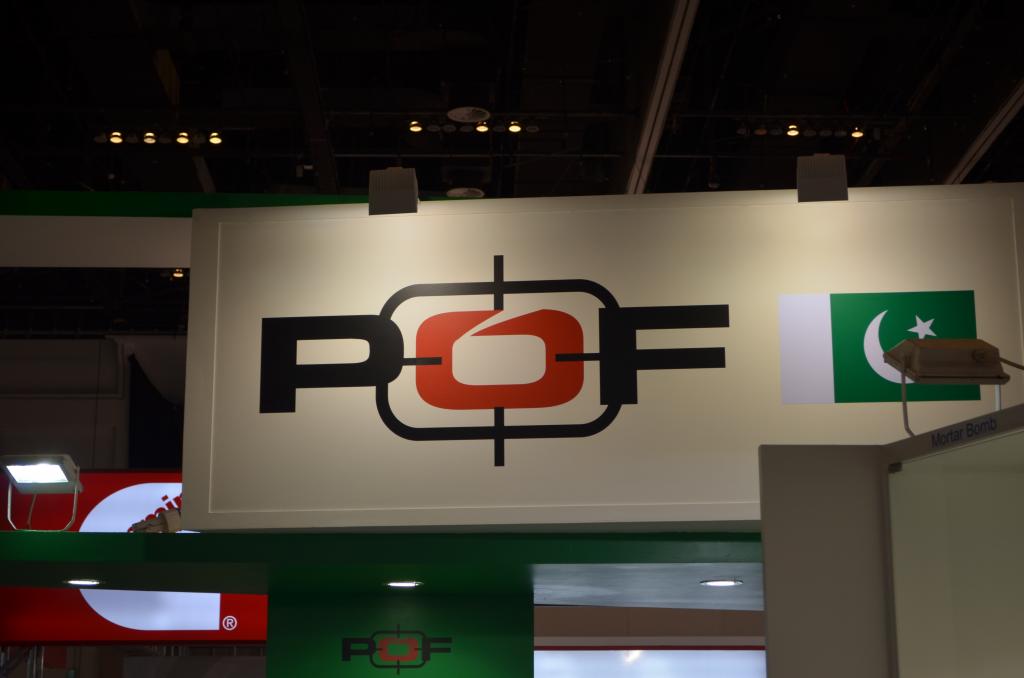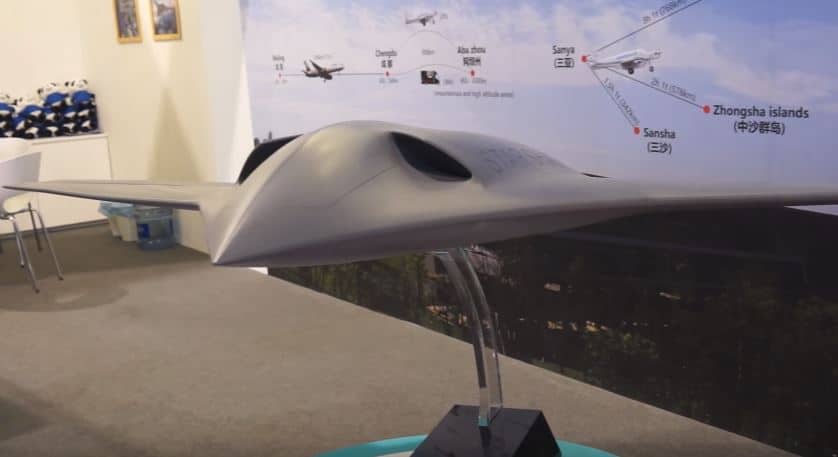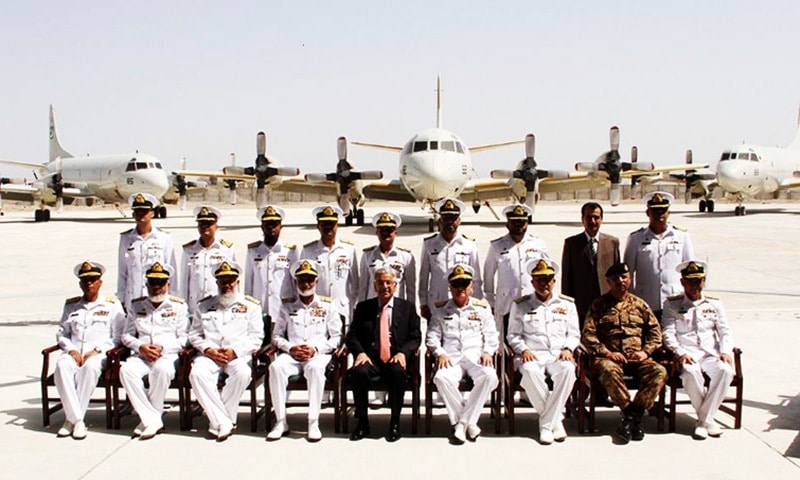11Views 1Comment

Pakistan’s POF requests $250 m to modernize manufacturing facilities
In a briefing to the Pakistani Senate’s Standing Committee on Defence Production on Friday, October 27, the country’s firearms and ammunition manufacturer Pakistan Ordnance Factories (POF) had requested $250 million U.S. spread over the next five years to modernize its manufacturing facilities. The committee endorsed the request.
POF also reported that its exports for 2016-2017 stood at $67.73 million U.S., while figures for 2017-2018 had reached $60 million U.S. to-date. This is a noticeable drop from 2015-2016 where POF’s exports stood at $100 million U.S., but that was an exceptional year due to a large-volume Saudi order.
However, POF’s mandate is to supply domestic armed forces and law-enforcement agencies with quality small-arms and ammunition, with export being a secondary objective using surplus manufactured goods. That said, POF said it is aiming to reach $100 million U.S. by end of the current fiscal year.
POF outlined that its primary concern is to modernize its manufacturing facilities. POF told the committee that 58% of its machinery is on average of 30 years of age, and that mounting obsolescence is negatively impacting POF’s production cost and production time.
Notes & Comments:
With 14 ordnance factories and three commercial subsidiaries, POF is Pakistan’s primary supplier of small-arms and sole supplier of ammunition. Besides armaments, POF also manufactures commercial products, such as hunting rifles, commercial explosives, brass, chemicals and garments for uniforms and fatigues.
Besides modernizing its facilities, POF had called for modernizing its product range so that it can meet emerging and future armed forces and export requirements. In July, POF’s Chairman Lt. Gen. Umar Farooq Durrani stressed the need for infrastructure modernization, stating, “If we manage to get new machinery we will be able to give better production at cheaper rates.”
In 2016, POF began taking steps for its modernization and long-term needs. These had included signing a memorandum-of-understanding (MoU) with the Italian company Sir Meccanica, a supplier of machining and other manufacturing equipment. POF also signed letters-of-understanding (LoU) with various foreign companies for exploring business opportunities and developing new products for POF.
In tandem with the Pakistan Army’s assault rifle tests, POF had signed a LoU with Česká zbrojovka (CZ) to “intensively negotiate [the] delivery of complete technology for the production of small arms to [POF].” A CZ official confirmed signing this LoU and also reiterating CZ’s willingness to transfer its technology to POF so that POF “can produce the most modern and most advanced assault rifles in the world.” The status of these negotiations is unclear, though it would not be surprising if its progress (or lack thereof) is linked to POF’s ability to secure funding to modernize its facilities.
POF has also introduced new products to its catalogue, such as the POF Light Sniper Rifle (LSR) and PK-16 heavy machine gun (HMG). It is unclear how far either have gone in domestic or overseas adoption. For POF, it appears that indigenously manufacturing new small-arms is contingent on its plant manufacturing efforts. In other words, product development will need to occur in parallel to infrastructure modernization programs. Otherwise, there is the risk of importing components from overseas so as to compensate for gaps in POF, especially in terms of materials and precision-tooling.


